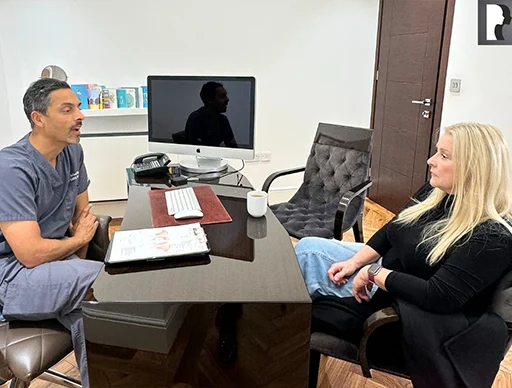
Consultation Questions Patients Should Ask Us But Don't
Planning a cosmetic procedure can feel overwhelming. For this reason, we've updated our list to answer the most common cosmetic questions, plastic surgeon questions, and surgery questions. Whether you're exploring a facelift, neck lift, blepharoplasty, rhinoplasty, or another cosmetic treatment,...

